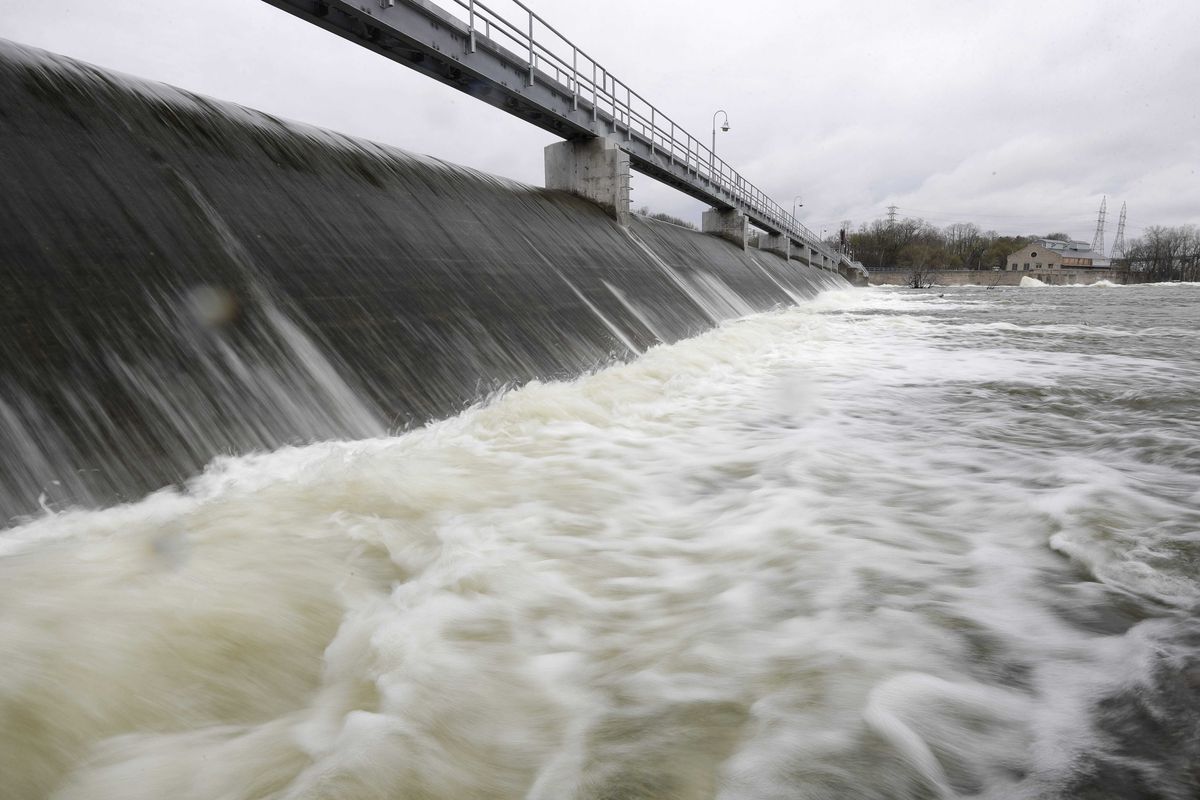Hidden Trading Routes Of Wisconsin’s Fox-Wisconsin Waterway

Have you ever wondered about the hidden trading routes of Wisconsin's Fox-Wisconsin Waterway? This historic waterway played a crucial role in the development of the Midwest. Stretching from Green Bay to the Mississippi River, it served as a vital link for Native American tribes, fur traders, and early settlers. The Fox-Wisconsin Waterway allowed for the transport of goods, people, and ideas, shaping the region's economy and culture. Today, this waterway offers a glimpse into the past, with scenic views, historic sites, and recreational opportunities. Whether you're a history buff or an outdoor enthusiast, exploring the Fox-Wisconsin Waterway promises an unforgettable adventure.
Hidden Trading Routes of Wisconsin's Fox-Wisconsin Waterway
The Fox-Wisconsin Waterway, a historic network of rivers and lakes, played a crucial role in the development of Wisconsin. This waterway connected the Great Lakes to the Mississippi River, making it a vital trade route for Native Americans, European explorers, and fur traders. Let's uncover some hidden gems along this historic path.
Green Bay
Green Bay, located at the mouth of the Fox River, was a significant trading post for French explorers and fur traders. Its strategic location made it a bustling hub of activity.
Heritage Hill State Historical Park: This open-air museum showcases the history of Green Bay, including its role in the fur trade. Visitors can explore historic buildings and interact with costumed interpreters.
Neville Public Museum: This museum offers exhibits on the natural and cultural history of the region, including artifacts from the fur trade era.
Appleton
Appleton, situated along the Fox River, became an important industrial center in the 19th century. Its growth was fueled by the river's power and the trade routes it provided.
Hearthstone Historic House Museum: This museum, housed in a Victorian mansion, highlights the history of Appleton and its industrial past. It was the first house in the world to be powered by hydroelectricity.
Paper Discovery Center: Located in a former paper mill, this interactive museum explores the history of paper-making in the region, a key industry that relied on the river for transportation and power.
Oshkosh
Oshkosh, another city along the Fox River, played a significant role in the lumber industry. The river facilitated the transport of logs to sawmills and markets.
Paine Art Center and Gardens: This estate features beautiful gardens and an art museum. It also offers insights into the history of Oshkosh and its lumber barons.
Oshkosh Public Museum: This museum showcases the history of Oshkosh, including its role in the lumber industry and the development of the Fox-Wisconsin Waterway.
Portage
Portage, located at the portage between the Fox and Wisconsin Rivers, was a critical point for traders and explorers. This natural land bridge connected the two major waterways.
Historic Indian Agency House: Built in 1832, this house served as the home of John Kinzie, an Indian agent. It offers a glimpse into the early interactions between Native Americans and European settlers.
Fort Winnebago Surgeons Quarters: This historic site includes the restored quarters of the fort's surgeon and a museum detailing the history of the area.
Prairie du Chien
Prairie du Chien, situated at the confluence of the Wisconsin and Mississippi Rivers, was a major trading post and military outpost. Its strategic location made it a key point in the fur trade.
Villa Louis: This historic site includes a beautifully restored mansion and grounds. It offers tours that highlight the history of Prairie du Chien and its role in the fur trade.
Fort Crawford Museum: This museum, located in a former military hospital, explores the history of Fort Crawford and its significance in the region.
Conclusion
The Fox-Wisconsin Waterway is more than just a series of rivers and lakes; it's a journey through history. From Green Bay to Prairie du Chien, each stop along this route offers a unique glimpse into the past, revealing the vital role this waterway played in shaping Wisconsin.
Discovering Wisconsin's Hidden Waterway
The Fox-Wisconsin Waterway offers a unique glimpse into the past. This historic route played a crucial role in trade and travel. Exploring it today reveals a blend of natural beauty and rich history. From the bustling cities of Green Bay and Portage to the serene landscapes along the river, there's something for everyone.
Paddling through these waters, you can almost hear the echoes of traders and explorers who once navigated these same routes. The waterway is not just a journey through nature but a trip through time.
Whether you're a history buff, nature lover, or adventure seeker, the Fox-Wisconsin Waterway has much to offer. So, grab your paddle, set your course, and uncover the hidden treasures of Wisconsin's waterways. This adventure promises memories that will last a lifetime.

